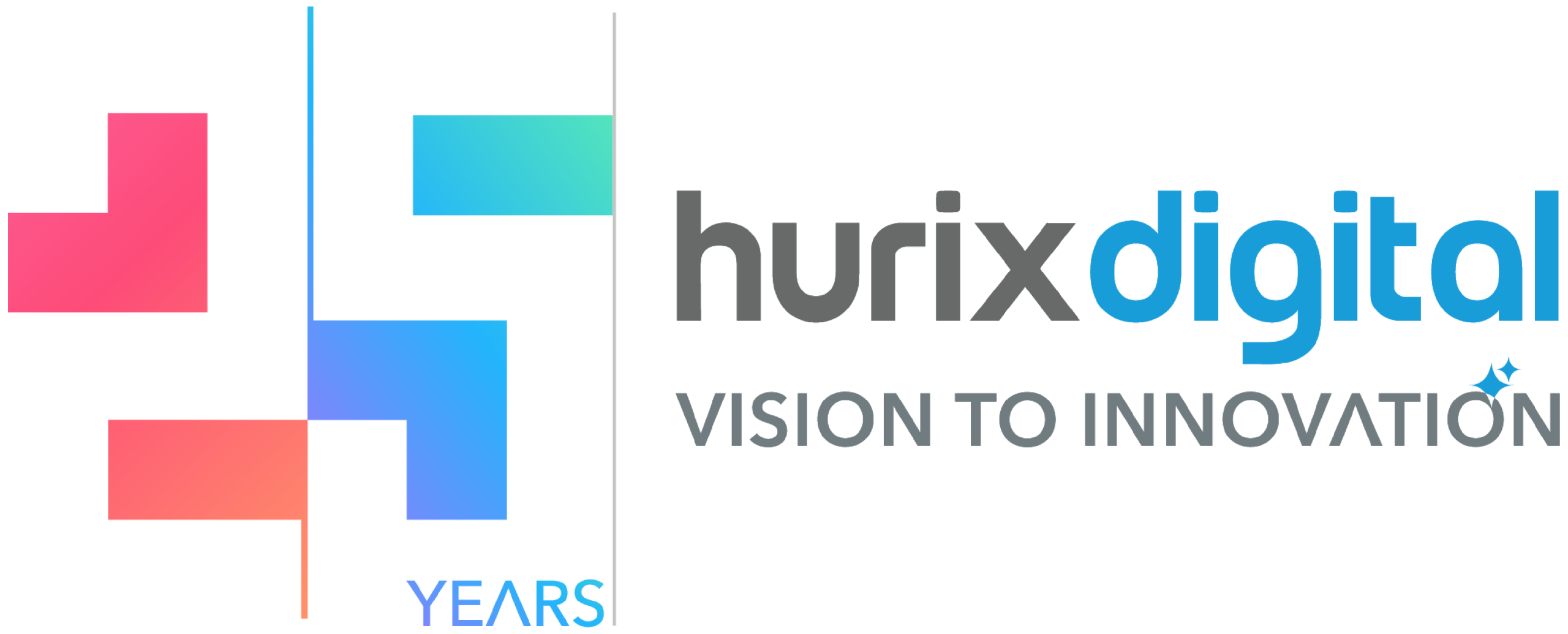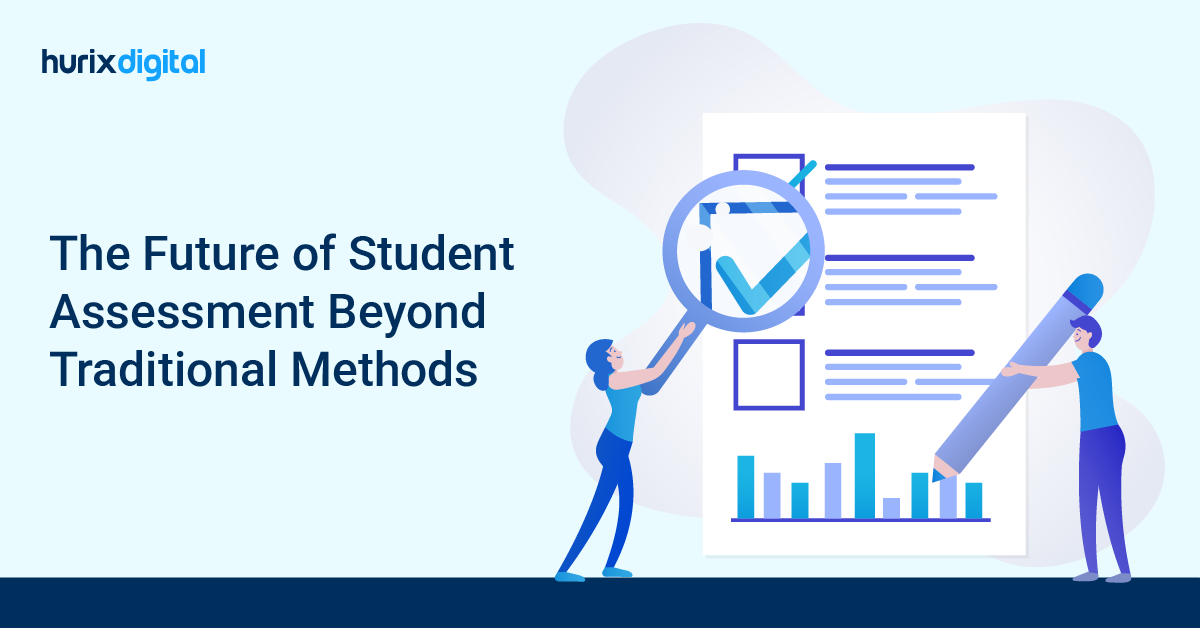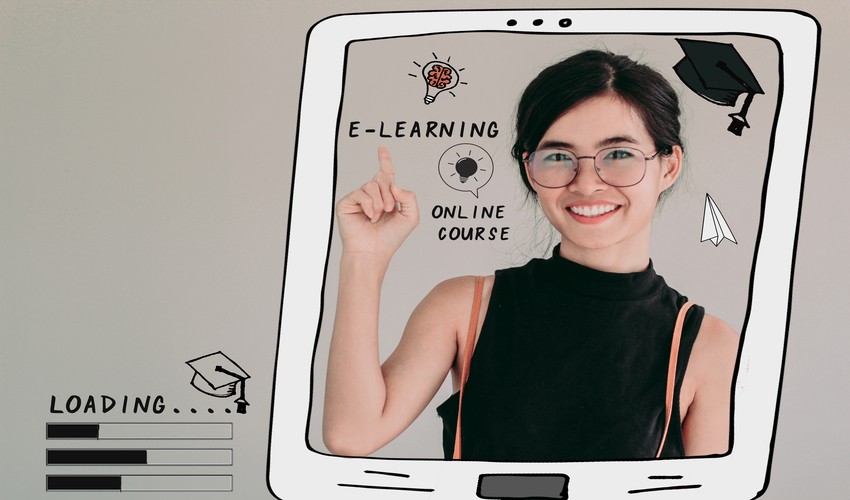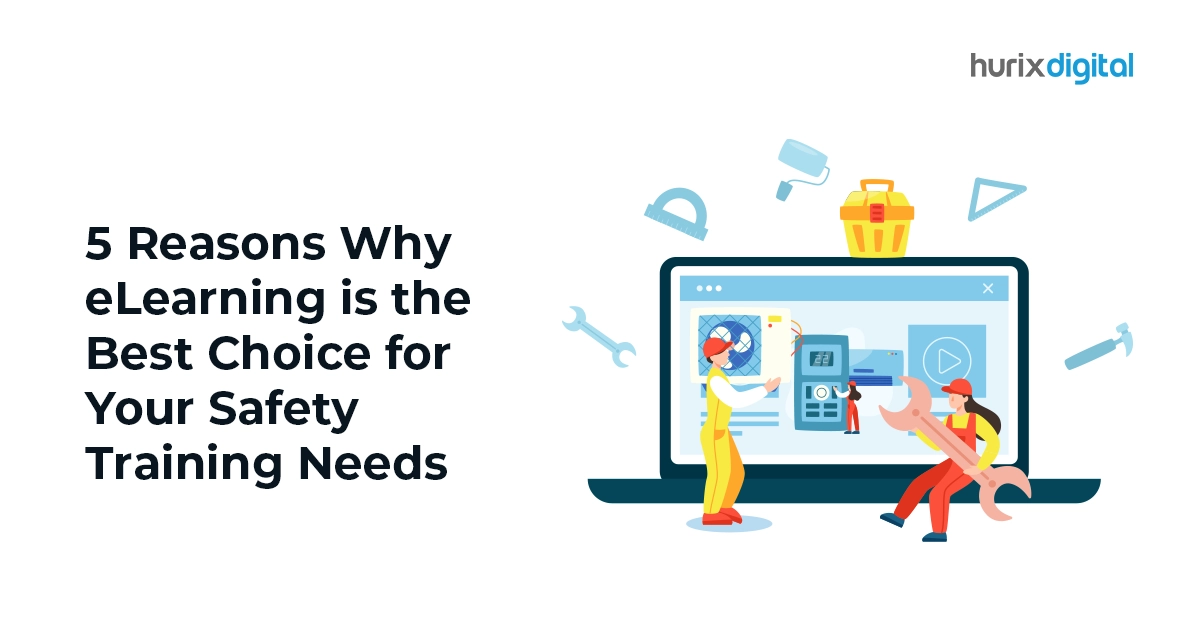
Nitin Sharma
August 22, 2025
10 Strategic Questions EdTech Leaders Must Ask About Virtual Classroom Solutions
The sudden pivot when classrooms, almost overnight, moved onto screens has settled into a persistent reality for many institutions. This shift wasn’t just about getting cameras and microphones working. It’s about designing a space where real learning still flourishes, where a student feels connected, not isolated. The initial rush has passed, and now, those guiding educational institutions find themselves contemplating much deeper questions that shape an institution’s future. The real work now goes far beyond just getting online. It’s about ensuring every student feels seen and truly connected, no matter where they learn from.
Educators are wrestling with how to best equip teachers for this unique setting. And candidly, there’s a quiet curiosity about what these virtual setups actually give back in the long run. Does it truly enhance learning, or is it just a stand-in? Then come the technical knots: keeping student information safe, figuring out if these setups can handle a much larger student body down the line, and ensuring they play nicely with the systems already in place. Leaders also wonder what new tools are just around the corner, and how to bring everyone along through these evolving landscapes gently. It’s a complex, ongoing conversation about building a truly robust and thoughtful place for learning, digitally.
Table of Contents:
- How to Maximize Student Engagement in Virtual Classrooms?
- What is the ROI of Implementing Advanced Virtual Classroom Solutions?
- How can Educators Be Best Trained for Effective Virtual Teaching?
- What Security Protocols Protect Student Data in Virtual Learning Environments?
- How do We Ensure Scalability for Future Virtual Classroom Growth?
- How to Ensure Equitable Access and Inclusivity for All Learners?
- How Do Virtual Solutions Integrate with Existing LMS and IT Infrastructure?
- What Strategies Overcome Resistance to Virtual Classroom Technology Adoption?
- What Emerging Technologies Will Shape the Future of Virtual Classrooms?
- How Do We Effectively Assess Learning Outcomes in Virtual Settings?
- Final Thoughts
How to Maximize Student Engagement in Virtual Classrooms?
Student engagement in virtual classrooms is all about remembering the screen is a barrier, not an excuse. One finds that simply lecturing into a camera rarely cuts it; it’s like talking to a wall, and sometimes you still get crickets on the other side. The real trick, perhaps, is intentional design, thinking about how to pull people in rather than just pushing information out. Take the humble chat box. So many instructors treat it like an afterthought, a place for questions at the end. But what if it were a dynamic space, active throughout the session? A quick poll on a tricky concept, asking students to type their initial thoughts before anyone speaks. Or, during a discussion, ask everyone to share one word that describes how they feel about a topic. Then there’s the rhythm. We’ve all sat through those hour-long, unbroken monologues. In the virtual space, that’s a recipe for disengagement. Shifting activities every 10-15 minutes can be a game-changer. Building authentic connections is harder online, but possible. Starting sessions with quick check-ins like “What’s one small win?” or sharing a fun fact humanizes interactions, making students feel seen and creating a comfortable environment. It may feel awkward initially, but over time, genuine participation and student safety improve, remembering there’s a person behind each pixel.What is the ROI of Implementing Advanced Virtual Classroom Solutions?
Picture a global team, say, needing the exact same intricate new product training. Historically, that meant shuttling people from Düsseldorf, Singapore, and Santiago, all to one central location. The sheer logistical headache alone was enormous, let alone the undeniable financial hit. That’s direct cost avoidance. It’s real, often the first line you see on a spreadsheet. The real advantage, the more subtle but arguably more powerful impact, becomes clear once you look beyond immediate savings. Consider accessibility, for example. Suddenly, someone in a smaller, more remote office who might never justify the time away or the cost for a specific course can participate easily. This expands the talent pool we can quickly upskill. And what about speed? Deploying a critical new process or skill to hundreds or even thousands at once, without the long wait for sequential, in-person groups. Getting that knowledge out fast and making people proficient sooner genuinely moves the needle on productivity and responsiveness. Many view online learning as sterile and ineffective, but well-designed virtual environments are dynamic and engaging. Interactive tools and skilled facilitators create intimacy and boost participation, even for shy learners. This increased engagement improves retention and real-world application, leading to a more capable workforce. Properly designed online learning offers lasting value beyond cost savings.How can Educators Be Best Trained for Effective Virtual Teaching?
Training educators for effective virtual teaching isn’t simply about handing them a list of tools or a quick tutorial on a video conferencing platform. It’s far more nuanced, demanding a foundational shift in pedagogical thinking. For starters, the training must move beyond mere technical proficiency and delve into the why and how of digital presence. How does one build genuine rapport through a screen? How do you read a classroom when every student is a tiny square? These are the real challenges. A successful program will appreciate that there is a different tempo, a different energy in virtual teaching. It would also help school teachers not only in the application of breakout rooms, but in the skills of facilitating deep conversations in them, so that nobody loses their voice in the online wilderness. It could be situations in which the internet connections fail halfway through the lesson, which should lead to teachers taking it on the chin with a sense of humor. The most effective training accepts these flaws and teaches how to cope with technology failures without messing up the instruction. Besides, the classroom is not a perfect place; neither is the virtual place. Take the tempo into account. An hour of lecture over the internet is the surest way of losing your audience. One needs to be trained to think in terms of dynamic segmenting: bursts of direct teaching punctuated by instant, diverse interactive exercises. This implies that those in the teaching profession will be forced to learn to run polls to provide instant feedback, collaborative documents to conduct group work in real time, and even brief socially distanced but structured movements that ensure that screen fatigue can be defeated. Crucially, the training should humanize the experience. Educators should share their struggles, triumphs, and awkward moments online. It should equip them with troubleshooting skills and empathy to understand students’ distractions, home situations, and social anxiety. The goal is to foster a connected learning community, even remotely.What Security Protocols Protect Student Data in Virtual Learning Environments?
Student data in virtual classrooms contains sensitive information, including grades, health details, communication logs, and other personal information. To safeguard this data, we need more than one big barrier. It’s like building a secure house with many interconnected protections. Schools often begin with basic usernames and passwords. But now, many add multi-factor authentication (MFA). This acts as a second key, maybe a code sent to a phone or a fingerprint check. While not perfect, it makes it much harder for unauthorized access. Schools also tend to use Single Sign-On (SSO) systems. These don’t just make things easier; they centralize the login process, which helps manage and track who’s getting in. After gaining system access, data is protected mainly through encryption. Data is like a confidential message that gets scrambled during transmission, similar to TLS/SSL encryption, like placing it in a sealed container. If intercepted, it appears as gibberish. When stored on a server, it’s also encrypted with strong algorithms, like keeping it in a secure vault. Next, we have access controls. Not every person needs to view all information. A teacher should see their students’ grades, but not every student’s health files, or the grades of students in another teacher’s class. This is where Role-Based Access Control (RBAC) comes into play. It makes sure that specific roles (student, teacher, administrator, parent) can only view the data they need for their job. It’s the “need-to-know” rule applied. Lastly, the auditing and logging aspect involves recording every interaction with sensitive data. This acts like a security guard with a logbook, helping address bad actors and identify behavioral patterns indicating issues. These logs are crucial for demonstrating compliance with privacy laws like FERPA and GDPR. The process is complex and constantly evolving with new threats, never remaining static.How do We Ensure Scalability for Future Virtual Classroom Growth?
The term scalability is commonly used to refer to virtual classroom expansion. It is technical and somewhat dry. As a professional with decades of experience, I really come down to this: Is a system able to handle a sudden increase in students without the entire system going into a pixelated landslide? View a virtual classroom as specialized services connecting different functions: one for live video, another for chat, a third for attendance, and a fourth for assignments. When 10000 students log in simultaneously, only the video service needs to scale up, making the system resilient and elastic. This microservices approach ensures efficiency and flexibility, like a rubber band that stretches and shrinks without breaking. Then there’s data. All those interactions, the notes, the quizzes. Storing it is one thing; making it instantly accessible from anywhere is another. This is where globally distributed databases and content delivery networks become crucial. Imagine a student in London needing to access a recording from a class hosted on a server in New York. The goal is for that recording to be cached, ready to go, on a server just down the road from them. It sounds obvious, but it’s a massive undertaking to implement well. Ultimately, it’s about building a digital foundation that feels invisible. When the technology fades into the background, real teaching and learning can happen. That’s what scalability truly aims for—not just keeping the lights on but making sure those lights are always bright, no matter how many people walk into the room.How to Ensure Equitable Access and Inclusivity for All Learners?
Ensuring fair access and real inclusivity for all learners is about a consistent, humble effort to notice. It starts with letting go of the belief that all children come to school from the same place. They do not. Some are well-rested, while others wake up before dawn to help with chores. Some have high-speed internet, while others might rely on the library for Wi-Fi, if they can even get there. The first step is to really see each child, not as a number or a label, but as a person with a unique story. This means going beyond one-size-fits-all lesson plans. Does the curriculum connect with their experiences? Is the language used in class clear, or does it assume a background some may not have? It’s about allowing different ways to show understanding. A student who excels at ideas may struggle to write them down, but might do well if given the chance to explain verbally or through visuals. We often go for what’s easiest for us, as adults, and fail to realize this can leave others out. Access isn’t just about handing out a tablet; it involves having steady power, a quiet spot to work, and support at home. It also means having a warm meal or the safety to ask questions. We often overlook how fear of judgment can hinder learning. Educators and caregivers need to show real empathy, learning from students about their lives as they teach. This is an ongoing conversation that involves mistakes and changes. The aim isn’t to solve every problem right away but to understand each learner’s needs and remove obstacles so they can succeed. It’s a messy, imperfect job, but it’s crucial.How Do Virtual Solutions Integrate with Existing LMS and IT Infrastructure?
Integrating virtual environments with a school’s existing Learning Management System and IT setup is rarely straightforward. It requires careful consideration. The main goal is to ensure the learner’s journey is smooth rather than a frustrating challenge of navigating different systems. Think about the student. They are already logged into their Canvas or Moodle. When they click on a link to a virtual lab or a simulation, they shouldn’t have to enter another password. This is where single sign-on (SSO) plays a role, often using protocols like SAML or OAuth. The LMS acts as the identity provider, confirming to the virtual environment that the user is who they claim to be and is permitted access. Without this, users experience login fatigue, forget their passwords, and generate a flood of support tickets, which is a hassle for everyone. Next, there’s the data flow. Did the student finish the virtual dissection? What score did they receive on the coding challenge in the simulated environment? That information needs to return to the LMS gradebook. Learning Tools Interoperability (LTI) has become the standard for this process. It’s not without flaws; sometimes it can be a bit cumbersome, and syncing data in real time can be tough. However, LTI allows the virtual tool to communicate with the LMS, sending back grades, completion statuses, and even detailed analytics if set up correctly. This integration makes the virtual activity a key part of the course record, rather than just a separate task. From an IT viewpoint, things get complicated. The network team needs to provide enough bandwidth for potentially hundreds or thousands of students accessing virtual content. Remember the time when everyone in the engineering department used the exact CAD simulation at 2 PM on a Tuesday? The campus network almost broke down. There are also firewalls, security measures, and data residency issues. A new virtual tool typically demands opening specific ports or safelisting IP addresses, which requires careful review. It must ensure that the platform is not a security risk, protects student data, and doesn’t create vulnerabilities. This often leads to a lengthy discussion about balancing academic goals and infrastructure challenges.What Strategies Overcome Resistance to Virtual Classroom Technology Adoption?
Overcoming resistance to virtual classroom technology isn’t really about the technology itself. It’s about people. Most individuals aren’t against learning online; they often fear losing something. This could be the comforting atmosphere of a physical classroom or the confidence they had in an older system. They might also worry about looking foolish or feel that this new tool will add more stress to their already busy days. One effective strategy to address this skepticism is genuinely focusing on “WIIFM”, meaning “What’s In It For Me?” It’s important to offer specific benefits rather than generic ones. For example, showing a teacher how a aparticularn feature simplifies grading or makes group work more engaging can directly tackle their daily challenges. A colleague once recounted how a simple demonstration of a virtual whiteboard, which easily captured student ideas without messy markers, immediately appealed to a doubtful history teacher. It wasn’t about the platform’s high-tech features but about solving a clear and practical problem. Start with enthusiastic early adopters in a pilot program to create a sense of shared experience. Let them learn from mistakes, share lessons, and inspire others. Honest stories of struggles and breakthroughs are more impactful than official manuals, validating their challenges and personalizing the journey. Also Read: The Future of Education: How Learning Management Systems are Shaping EducationWhat Emerging Technologies Will Shape the Future of Virtual Classrooms?
The transition to online education has created an exciting window to technologies that, ten years ago, seemed to be out of the realm of science fiction. Consider the immersive spaces, e.g., it is no longer only video calls with remote screens shared together. Consider a student of chemistry, who is not simply observing a simulation, but rather they are inside a virtual laboratory themselves, where they can touch, feel, and, through a slight vibration, know when a reaction is successful when they have built a molecular bond correctly with their own hands. Or an aspiring architect strolling round a building they have designed, having a feel of the space, seeing the light, when not a brick had been laid. Naturally, the equipment, the headsets, is still a little clunky and sometimes disorienting. There has to be a precarious balance between immersion and usefulness, making sure that it will indeed add to the comprehension and not merely act as a source of wonder. It is not the narrowing experience but the possibility of making it available and a measure of interaction that could not have happened before. Then there is the silent transformation of artificial intelligence, not the glamorous one, but the thought-providing one. Imagine a language learner training his or her pronunciation, and an AI tutor doesn’t just point out the problem, but specifically how they need to adjust their tongue position so the word will sound natural, and prompts specific exercises. Or a college student who has been getting bogged down in a complicated physics concept, the system will see the tiny trends that he or she is struggling with: perhaps they always get confused about the direction of vectors and present the concept five different ways until one of them goes through.How Do We Effectively Assess Learning Outcomes in Virtual Settings?
How do we truly assess someone’s learning when they are not in the same room as us? It’s a question that keeps many faculty members up at night. A common error is to think that we can take traditional assessment practice, such as supervised, multiple-choice assessment, and simply put it in the virtual context. This seldom provides a clear picture of understanding, often generating anxiety in the learners while providing crafted opportunities to game the assessment system. Assessing learning in a virtual context is powerful when we acknowledge its unique affordances. It is less about recalling facts (though we may ask for that!) and more about demonstrating capabilities. This could include showing whether a learner could build something. Could a learner build a simple web page that includes our teaching principles? Perhaps a policy brief arguing a viewpoint, with citations for the points made. A facilitator with shared data or written transitions is searching for not only the way to ‘write the right answer’ but also the reasoning and process taken by the learner. Often, looking at their contributions in a collaborative online document or listening to how they explain their train of thought in a small group context provides more information than the score of any one test. Take a professional development scenario: instead of asking participants to complete a final exam on management techniques, participants are asked to record a brief video roleplaying a difficult conversation with a virtual team member while reflecting on their approach. In a technical course, the participants could even debug a piece of code live, demonstrate their screen, and explain their thought process. It is difficult to cheat on tasks that call for the application of knowledge, rather than the recall of it. And they involve actual levels of synthesis. Of course, it’s not perfect. There will be times when we miss the subtle signals that occur in real life that show confusion or breakthroughs in the live classroom. But, I think we can take the emphasis off standardized, one-size-fits-all assessments, and now have learning tasks that are authentic and performance-based. This means we are moving towards a more detailed and authentic evaluation of learning in the virtual space, putting trust in participants, letting them show their true selves, and evaluating their true selves mindfully. This is a conversation with no conclusions.Final Thoughts
When education leaders address these considerations, they create virtual classrooms with measurable results like increased participation, better outcomes, smooth transitions, strong security, and scalable infrastructure. Success depends on recognizing virtual education as a fundamental shift, not a temporary fix, requiring integration of pedagogy, technology, and human connection. The future of education is hybrid, and institutions that master virtual classroom implementation today will lead tomorrow’s learning landscape. From maximizing engagement through interactive tools to ensuring equitable access for all learners, the strategic approach to virtual education determines whether technology becomes a barrier or a bridge to exceptional learning experiences. Hurix Digital‘s comprehensive virtual learning platforms and expert implementation services help education leaders navigate every aspect of virtual classroom success. Partner with us to create engaging, secure, and scalable virtual learning environments that empower both educators and students to achieve their full potential.Summarize with:

Senior Vice President
A Business Development professional with >20 years of experience with strong capability to sell new solutions and develop new markets from scratch. New Market Entry Specialist with experience working in the largest emerging markets. Exceptional experience in conceptualizing, ideating and selling new learning technologies like VR AR, etc. across multiple industry verticals.
 Upcoming Masterclass | Build an Army of Brand Evangelists using Training & Development | November 20th, 8:30 AM PDT | 11:30 AM EDT | 10:00 PM IST
Upcoming Masterclass | Build an Army of Brand Evangelists using Training & Development | November 20th, 8:30 AM PDT | 11:30 AM EDT | 10:00 PM IST




